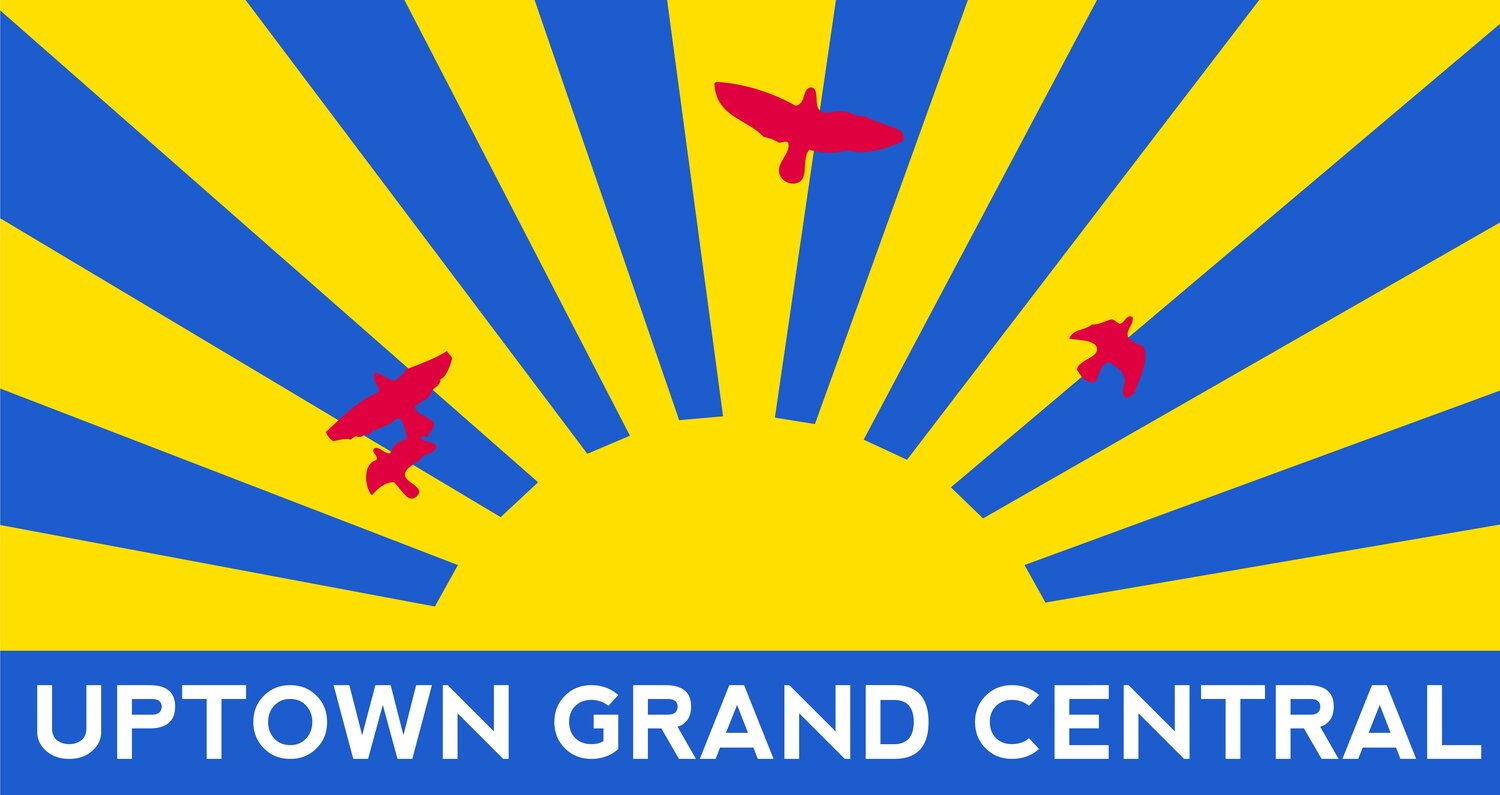CRAIN’S
By Nick Garber
One of the last Manhattan neighborhoods without a business improvement district will soon shed that status: a coalition of nonprofits, storeowners, residents and real estate developers have banded together in an effort to form a BID along a bustling but troubled stretch of East 125th Street.
The proposal to launch an East 125th Street BID, shared exclusively with Crain’s, comes as the corridor faces a wave of new development and the arrival of the next leg of the Second Avenue subway in the next decade. But East 125th Street has also struggled in recent years with increasingly visible drug use and unsanitary conditions, which some residents attribute to the high concentration of facilities that treat substance abuse and mental health issues.
“Everybody wants to see this area feel less chaotic, more healthy, more clean,” said Carey King, director of the nonprofit Uptown Grand Central, which is spearheading the BID effort. The city’s Small Business Services Department, which oversees BIDs, approached King’s group about two years ago and suggested they get the ball rolling.
The proposed BID covers about 20 blocks between East 124th and 128th streets, bounded by Second and Fifth avenues—bordering the existing 125th Street BID in Central Harlem. It will need approval by the City Council, likely next year, and its chances seem good, since the effort is supported by local member Diana Ayala.
Above all, forming a BID would allow for a beefed-up version of what Uptown Grand Central does already: clean the sidewalks, promote the neighborhood and host events. The key difference is, instead of hunting constantly for new funding, the BID’s budget will come from a steady stream of tax assessments from district property owners.
East 125th Street aims to begin with a budget of $750,000 raised through assessments, which could be increased after three years to $1 million annually with a board vote. That would give it about the same revenue as existing BIDs like the Village Alliance and SoHo Broadway; big-dog BIDs like the 34th Street Partnership and the Times Square Alliance take in $13 million and $14 million a year, respectively.
King said the East 125th Street organizers are proud of the unique, equitable formula they devised for determining each property owner’s assessment bill. Instead of imposing fees based on square footage or assessed value, as some other BIDs do, East 125th Street will use a combination of street frontage and taxable value for each property, resulting in more reasonable fees for buildings that contain affordable housing, organizers said. They hope that will incentivize more below-market construction.
BIDs have sometimes aroused opposition in the neighborhoods where they operate, with critics arguing they serve landlords’ interests at the expense of small business, and effectively privatize services the city should be handling. Some BIDs deploy teams of security officers that function as quasi-police forces. (The East 125th Street BID would not hire any security officers, but would bring on a staff person to coordinate with businesses and city agencies to respond to safety issues.)
But the East 125th Street BID has gotten a warm reception so far. Xavier Santiago, who chairs East Harlem’s Community Board 11, said in an interview that he is “over the moon” about the effort. Many in the neighborhood feel an urgency to address East Harlem’s public safety woes, which the BID organizers blame for a spate of retail closures along 125th Street—and which Target also pointed to when it announced the closure of its nearby store on East 117th Street this week.
The BID proposal is led by a steering committee co-chaired by the Durst Organization, which owns a long-stalled development site on East 125th Street and Park Avenue. Also on the committee are fellow developers like Extell Development and Blumenfeld Development Group, which own buildings or unbuilt sites along the corridor, as well as cultural institutions like the Caribbean Cultural Center African Diaspora Institute, which serves as a co-chair. A handful of small businesses, tenant groups and medical institutions like Mount Sinai Hospital also make up the committee.
After presenting letters of support to the city SBS to show that the proposal has neighborhood backing, the plan will move through the city’s roughly seven-month public review process. Local officials will have a chance to weigh in before an ultimate vote by the City Council, which could happen late next year.
If approved, East Harlem would cease to be the sole community district in Manhattan that lacks a BID of its own. (Nearby West Harlem contains only a sliver of the existing 125th Street BID). East 125th Street would join a handful of new BIDs created in recent years, like the West Village and Castle Hill, along with the dozens of others created beginning in the 1980s.
Having a full-fledged BID could be seen as a fitting step for East Harlem, which has seen a spate of new development since its 2017 rezoning and will see more growth once the subway arrives. But King emphasized that organizers have no grand visions of a transformed neighborhood, and are instead focused on providing “basic services” to an area that needs it.
“It’s not going to be Disneyland all of a sudden,” she said. “But we hope it’s going to be better, it’s going to be what the community deserves, and it’s going to be a place that’s healthy for families to walk their kids to school and where small business owners don’t have to lock their doors.”

